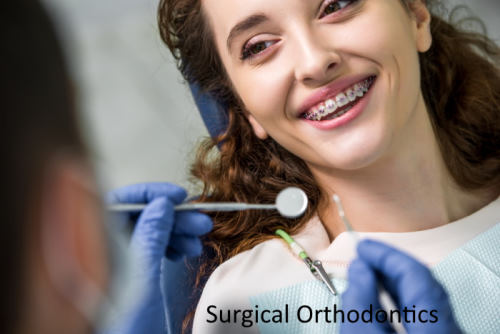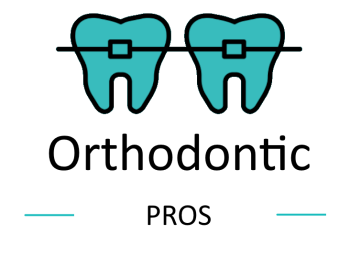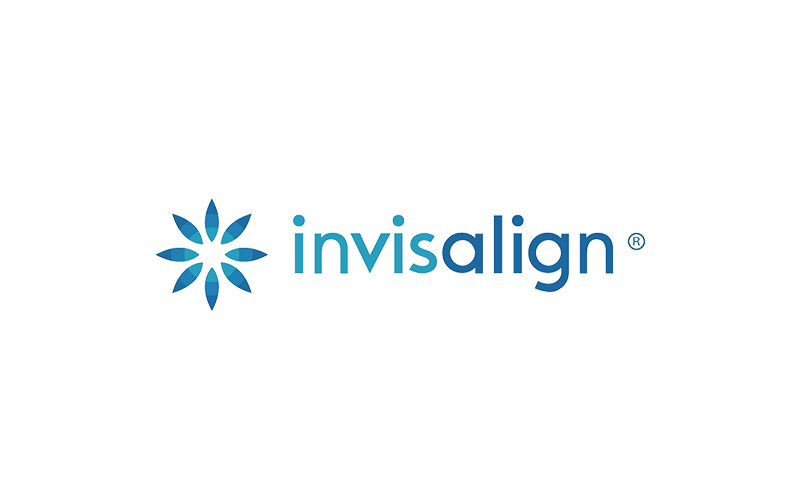 When considering orthodontics, surgical procedures may not immediately come to mind. However, orthodontics encompasses more than just straightening teeth – it also addresses issues with the jaw and bite. Orthognathic surgery, commonly known as surgical orthodontics, focuses on correcting jaw alignment and closing gaps in the teeth. This procedure not only improves the functionality of the teeth but also enhances the patient’s overall appearance. By achieving proper bite and function, orthodontic straightening becomes more effective.
When considering orthodontics, surgical procedures may not immediately come to mind. However, orthodontics encompasses more than just straightening teeth – it also addresses issues with the jaw and bite. Orthognathic surgery, commonly known as surgical orthodontics, focuses on correcting jaw alignment and closing gaps in the teeth. This procedure not only improves the functionality of the teeth but also enhances the patient’s overall appearance. By achieving proper bite and function, orthodontic straightening becomes more effective.
Key Areas of Focus in Surgical Orthodontics
Surgical orthodontics comprises various procedures designed to correct abnormalities in the jawbone, malocclusion (improper bite), and enhance facial aesthetics. According to Oral and Maxillofacial Surgeons, surgical orthodontics is necessary for the following reasons.
- Facial Injury – Surgical orthodontics is used to realign the jaw after injuries or accidents, allowing it to heal properly.
- Birth Defects – Surgery can correct cleft lip and palate, conditions where the upper lip or mouth is split at birth. It can also address problems with the palate.
- Malocclusion – Malocclusion occurs when a person’s upper and lower teeth do not fit together properly. Surgical orthodontics can correct misalignments caused by factors such as tooth shape, missing teeth, extra teeth, tumors, fractures, damaged dental appliances, or injuries.
- Unbalanced Facial Appearance – Misaligned facial bones, often present from birth or caused by facial injury, can result in an unbalanced appearance. Surgery is typically needed to restore proper alignment and functionality for speaking, chewing, and daily tasks.
- Bite Problems – Common bite problems include open bite (lack of overlap between upper and lower teeth), overbite (upper teeth extending over the lower teeth), underbite (lower jaw protruding beyond the upper jaw), and crossbite (misalignment of upper and lower teeth).
- Protruding Jaw – When the upper or lower jaw significantly protrudes forward, it can cause speech and chewing difficulties. Maxillary prognathism refers to the protrusion of the upper jaw, while mandibular prognathism involves the lower jaw extending excessively forward.
- Sleep Apnea – While retainers and mouth appliances are commonly used for sleep apnea cases, severe instances may require surgical orthodontics to correct the jaw and safeguard the patient’s health.
- Chronic TMJ – Temporomandibular joint (TMJ) disorders, often resulting from jaw injury, clenching or grinding (bruxism), arthritis, or cartilage movement in the joint, can be treated with surgery when retainers or mouth appliances are insufficient.
Surgical orthodontic treatment is typically suitable for individuals aged 18 and older (boys) or 16 and older (girls), as their jaws are fully developed by that stage. The treatment duration can span several years, but the results are long-lasting.
By undergoing surgical orthodontics, individuals not only improve their appearance but also enhance chewing and speaking abilities while reducing the risk of tooth and jaw misalignment-related decay.
Corrective jaw surgery repositions the jaw through various orthodontic treatment options, ensuring proper alignment of the teeth. Say goodbye to the daily struggles caused by improper jaw function and schedule an appointment today!

